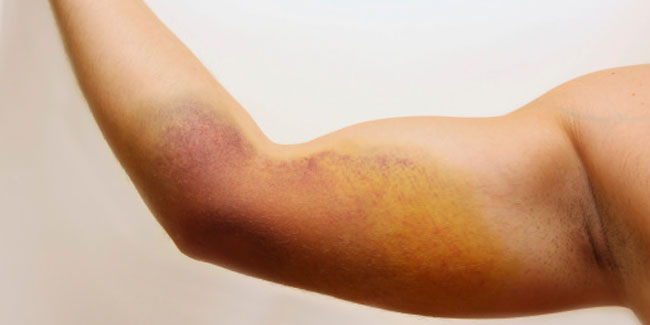
Deep vein thrombosis is a medical condition that occurs as a result of formation of blood clot in a vein deep inside a certain muscle in the body. Deep vein thrombosis usually happens in the legs, though it can also develop in the arms, chest and other areas of the body. Even though DCT is not a common condition, it can be dangerous. Blood clot can easily block the circulation of blood or lodge in a blood vessel in the lungs, heart or another area. The blood clot can lead to severe organ damage and sometimes, even death within a few hours.
Table of Content:-

Risk of Deep Vein Thrombosis
Apart from the general causes of deep vein thrombosis, going through certain surgeries can put you at the risk of deep vein thrombosis. Some of these surgeries include:
• Surgery done to reduce the flow of blood to different parts of the body
• Orthopedic surgery like the hip replacement surgery
• Major surgery on a hip, knee, calf, leg, abdomen or chest
Reasons why Surgery can increase the risk of DVT
A surgery causes the following changes in the body:
• The possibility of tissue debris, fats and protein moving into the veins
• Prolonged bed rest that is common after a surgery
• Walls of veins can become damaged and this may also release different substances that promote blood clotting.
Other Causes
Some other causes that can increase a person’s chances of developing deep vein thrombosis include the following:
• Injury that reduces blood flow to a particular part of the body
• Cancer; one may develop deep vein thrombosis during the treatment itself
• Previous history of pulmonary embolism or deep vein thrombosis
• Paralysis from a spinal cord injury
• Inherited condition that increases the clotting of blood
• Pregnancy or having given birth recently, especially if the delivery was through c-section
• Swollen, painful or twisted varicose veins
• Inflammatory bowel disease
• History of stroke, heart attack or congestive heart failure.
Read more articles on Deep Vein Thrombosis.
How we keep this article up to date:
We work with experts and keep a close eye on the latest in health and wellness. Whenever there is a new research or helpful information, we update our articles with accurate and useful advice.
Current Version